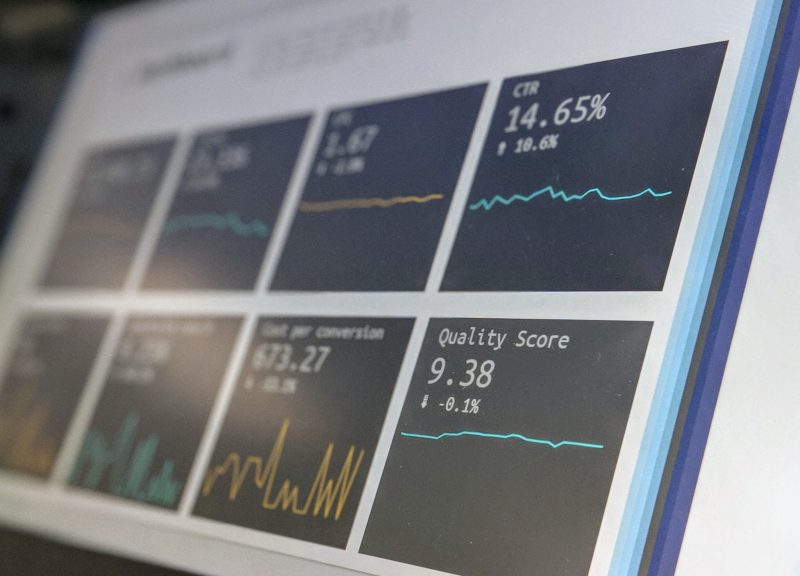Salesforce is a cloud-based CRM system that helps users connect with their clients. The application has exploded in the market share to become a popular choice for enterprise-level organizations. However, as with any other complex integrated solution, quality assurance and software testing are crucial to Salesforce’s success. The testing combines the configuration of the administrative module and customization done on the code to measure performances.
Automated tests procedure involves testing the Salesforce features or applications through a computer program. The testing focuses on changes in Salesforce migration and integration, website layout, and new API endpoints. Adhering to automated test best practices ensure that your testing strategy delivers the maximum benefits. In this article, you will learn about several best practices for Salesforce automation testing crucial to a software product’s success.
1. Effective test strategy and planning
Salesforce automation testing success relies on careful planning and design. The planning and test strategy ensures that you define your high-level objectives and identify stakeholders. It should involve documenting different testing phases, the tools to us, and any existing criteria after the tests.
Start with an effective strategy and automation plan to identify the specific applications to test. The planning phase entails defining the automation testing objective. Also, document every testing phase to help identify bottlenecks or defects and streamline the operations.
It’s essential to keep the tests small and focused on one aim and deciding on what test to automate at a time. Start by collating all test case scenarios and technical exceptions that will help facilitate the automation testing. After that, decide on your automated tests’ actions and divide them into smaller parts to make them manageable.
2. Involve stakeholders in UAT testing

A robust Salesforce integration entails partnering with the right Salesforce testing stakeholder to bring the needed experience. The proper testing partner can help get a better return on investment from the Salesforce software. Involving them in the testing process can help determine any issue in Salesforce and ensure it meets the required parameters. Similarly, always include stakeholders in the user acceptance testing to show what they have designed and invite feedback.
Partner with experienced testers in regression and user acceptance testing to ensure alignment in the development process. You should involve the team in the project by becoming familiar with the software and requirements.
3. Fix problems early

Testing should start early to help testers become familiar with the software and requirements. Having the tests team start early in the life cycle reduces the risks of having minimum time for the tests. In addition, it allows testers to confirm that the codes work effectively before deployment.
Testers can increase the variety of tests executed if they start procedures early in the SDLC to meet any critical software requirement. You should involve the team in the testing project early to anticipate any essential requirements of the software. It will ensure you discover errors early during the primary phase of the development life cycle.
It is always a good idea to test in the development life-cycle during Salesforce testing. It will help detect problems and fix those problems before to save on costs and minimize complexities. In addition, this early detection and resolution can reduce business risks, improve application security and boost the overall Salesforce quality.
4. Have proper testing tools
You need the right debugging tools to get the best results. For example, you can use Apex to execute programmed functions such as updates and custom links. Selecting the right automated testing tool is essential to Salesforce marketing since there are plenty of tools available. In addition, the tool should suit your overall requirements and be flexible enough to integrate with the existing systems.
Automation testing should be done using tools such as HP Unified Functional Testing and Selenium testing tools. You can find several Salesforce testing tools that are ideal for performing the thorough testing process. For example, Selenium is a good tool for automation testing, making it simple to manage your critical project. It ensures that you build a code that is painless to debug and reuse.
5. Agile approach

Agile methodologies propose an iterative approach to Salesforce automation. This is where you design the product in small incremental builds and re-evaluate the progress after every sprint. At the end of the testing, you are in the best position to evaluate the product. In addition, it ensures you discover errors during the early stages and lower the bug fixing costs.
Having an agile text approach is a crucial aspect of any testing project for complex systems. Since Salesforce has several systems integrated into the platform, incorporate them for proper testing. Therefore, before handing over the code for tests, ensure you perform proper integration testing to fix any defects.
Using automated test scripts can save a lot of time when testing. Before starting Salesforce automatic testing, ensure you name the test methods appropriately. For example, the testing should entail functional, UI, regression, and system integration.
Final Thoughts
Salesforce automation testing helps save your time while offering detailed test coverage. Each application developed within a strategic business framework can bring significant value. Hence, you need the best testing practices to help you improve Salesforce development. Since the Salesforce functionalities add value to any organization, you need to validate them against expected parameters. A proper Salesforce automation testing plan ensures the application enhances the business systems. These best practices can improve your automation testing.



































